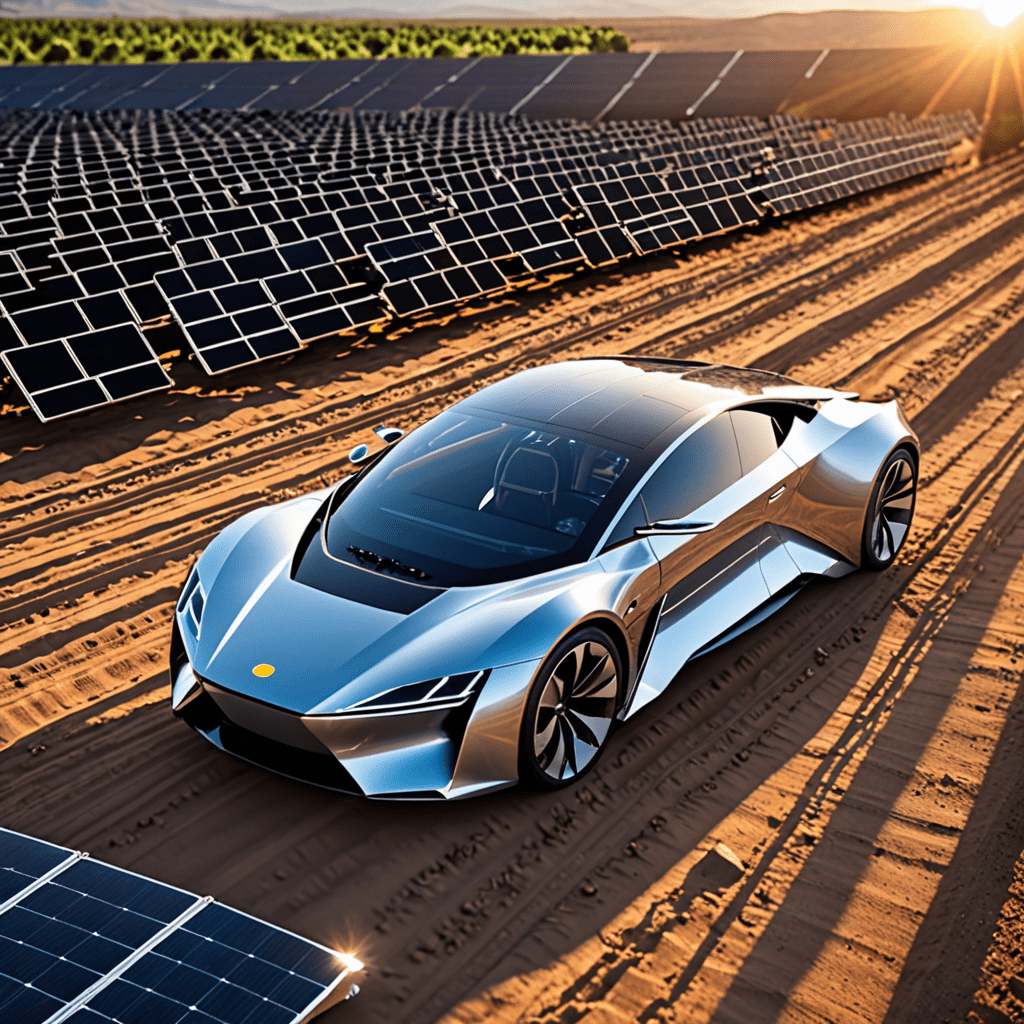
Solar Energy Innovations in Solar-Powered Vehicles
The Rise of Solar-Powered Vehicles
Solar power has emerged as a revolutionary source of energy in the automotive industry. With the increasing focus on sustainability and reducing carbon footprint, solar-powered vehicles have gained popularity. These innovative vehicles utilize solar panels to harness sunlight and convert it into electricity to power the vehicle.
How Do Solar-Powered Vehicles Work?
Solar-powered vehicles are equipped with photovoltaic cells that capture sunlight and convert it into electricity. This electricity is then stored in a battery or used to power the electric motor directly. The energy generated from the sun can propel the vehicle forward, reducing reliance on traditional fossil fuels.
Benefits of Solar-Powered Vehicles
One of the key benefits of solar-powered vehicles is their environmentally friendly nature. By harnessing solar energy, these vehicles produce zero emissions during operation, leading to a significant reduction in greenhouse gas emissions. Additionally, solar power is a renewable energy source, making it a sustainable option for powering vehicles.
Recent Innovations in Solar-Powered Vehicles
Advancements in technology have led to exciting innovations in solar-powered vehicles. Companies are now incorporating lightweight and flexible solar panels into the design of vehicles, allowing for seamless integration without compromising aesthetics. Some vehicles feature solar roofs that not only power the vehicle but also provide additional energy for accessories.
Challenges and Future Prospects
While solar-powered vehicles offer numerous benefits, there are also challenges to overcome. The efficiency of solar panels, limited surface area for solar panels on vehicles, and high costs of implementation are some hurdles that researchers and manufacturers are working to address. Despite these challenges, the future of solar-powered vehicles looks promising, with ongoing research focused on enhancing efficiency and reducing costs.
Impact on the Automotive Industry
The integration of solar energy into vehicles represents a significant shift in the automotive industry towards sustainability. As more consumers prioritize eco-friendly options, the demand for solar-powered vehicles is expected to rise. This shift is not only driving innovation in vehicle design but also contributing to efforts to combat climate change and reduce dependence on fossil fuels.
Conclusion
Solar energy innovations in solar-powered vehicles hold tremendous potential for transforming the way we think about transportation. With advancements in technology and a growing emphasis on sustainability, solar-powered vehicles are paving the way towards a cleaner and greener future. As research and development in this field continue to progress, we can expect to see even more exciting innovations that push the boundaries of renewable energy integration in the automotive sector.
FAQ: Solar-Powered Vehicles
What are solar-powered vehicles?
Solar-powered vehicles are automobiles that utilize solar energy from photovoltaic cells to generate electricity, which is then used to power the vehicle’s electric motors, reducing dependence on traditional fossil fuels.
How do solar-powered vehicles work?
Solar-powered vehicles capture sunlight through solar panels usually mounted on the vehicle’s roof. The panels convert sunlight into electricity, which is stored in batteries or used immediately to power the vehicle’s electric motor, propelling the vehicle forward.
What are the benefits of solar-powered vehicles?
Solar-powered vehicles offer numerous advantages, including reduced greenhouse gas emissions, lower operating costs due to decreased fuel consumption, and increased energy independence by harnessing renewable solar energy.
Are solar-powered vehicles widely used?
Although still in the early stages of development, solar-powered vehicles have gained popularity in certain niche markets. They are commonly used in competitions like the World Solar Challenge and are increasingly being integrated into public transport systems and personal transportation options.


